Last Updated: 07/05/2025
Teach Your Dog to Come When Called
Find out how to teach your dog to come when called and master a reliable recall with our Vet-written guide.
Author: Dr Brittany Ward BVSc
Reading Time: 18 minutes - medium read
You're on your daily walk when Fluffy spots a bird in a tree and takes off, but it doesn't matter how many times you call, they won't come back. So now you feel embarrassed chasing your overly excited pup down the street. Don't worry, every dog owner has been there!
To avoid these mishaps and impromptu workouts, a reliable recall is essential for every dog! It is a basic obedience step as essential and potentially life saving, as as Sit, Stay and Leave. When your dog responds 90% of the time when they are called, no matter the situation, then you can consider they have a reliable recall mastered. So here are some tips to get your recall up to shape!
Need supplies for your new puppy?
Check out our Better Puppy Bundle - a complete vet-approved puppy essentials pack, designed to help tick off your new puppy checklist. It contains parasite prevention, toys, treats, training aids, food vouchers, and more!
Filled with up to $230 worth of products, our discounted price ($49.95) makes for incredible value! This new puppy bundle is available in different sizes - for small, medium, or large breed pups.
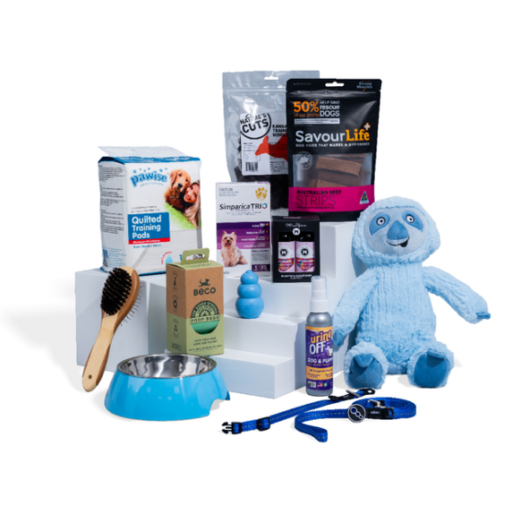
Step 1 - Understand How Dog Training Works

Just like humans, dogs learn by trial and error. Their learning is based on what we are actively teaching them, or not. Meaning there are two main ways in which they learn; classical conditioning or operant conditioning.
Operant conditioning is the technique we use when we are teaching them to perform behaviours and tricks using treats. Pairing the behaviour with a reward makes your dog happy and more likely to repeat the behaviour in future; also known as positive reinforcement. This style of training helps to build a strong bond between you and your dog, while also boosting their mental health and enrichment levels. Dogs naturally seek to perform behaviours that have had positive consequences, and avoid those that have had negative outcomes in the past.
Step 2 - Get The Right Tools
Training tools are essential for any obedience training and having the right tools will set your puppy up for success. It's also important that everyone involved in your dog's training is using the same techniques to help your dog learn quickly.
'Luring' and 'capturing' are 2 important words in dog training. 'Luring' means to guide your dog to perform a behaviour by using dog training treats in front of his nose to get him to move his body into the correct position. The 'lure' is the treat. 'Capturing' the behaviour means that you let your dog know that they've performed the correct behaviour the moment that it occurs. This can be through the use of a specific word or phrase, like 'yes' or 'good boy', or a dog clicker. This is then followed up by giving your dog the treat. The specific word, phrase or clicker becomes the 'bridge' between behaviour and reward, and becomes an indication to your dog to expect a reward.
There are a few key training tools I recommend having before starting any recall training:

A sturdy collar

A strong standard training leash

A reliable recall line or long line

A treat pouch for easy storage and use

A quiet location with few distractions

Most importantly - A high value treat!
Top Recommended Training Tools
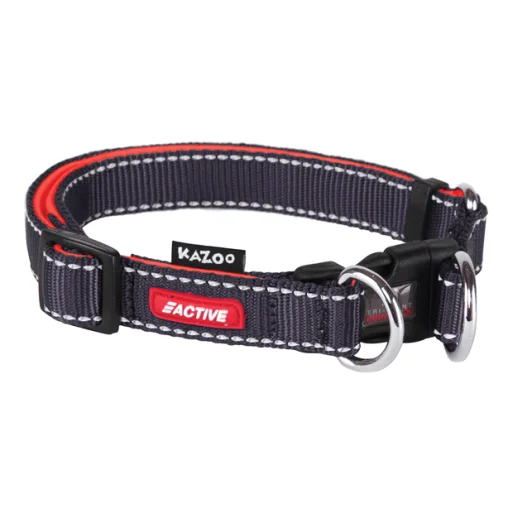
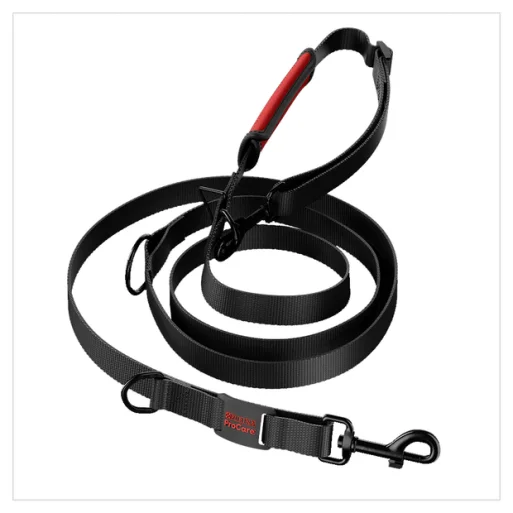
When training recall, you should use really high value treats. It can also be very helpful to save these treats so that they are unique to your recall training, just like any concept that you want to perfect, and might take a little bit longer for your dog to learn.
Top Recommended Training Treats
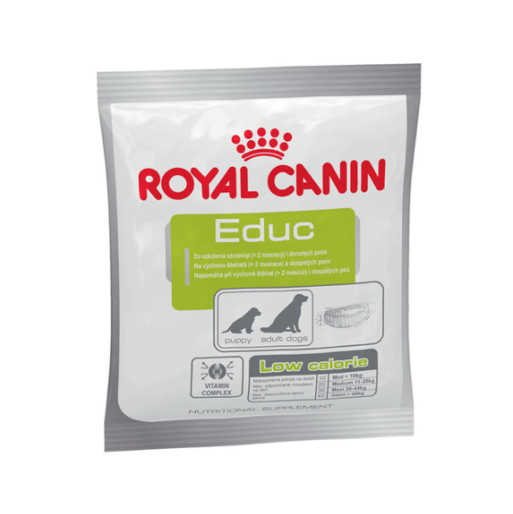
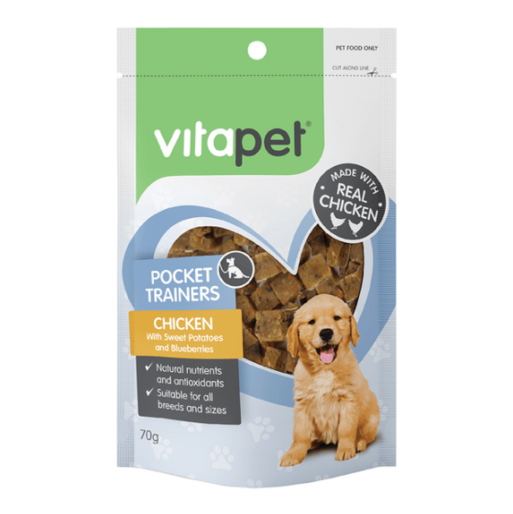
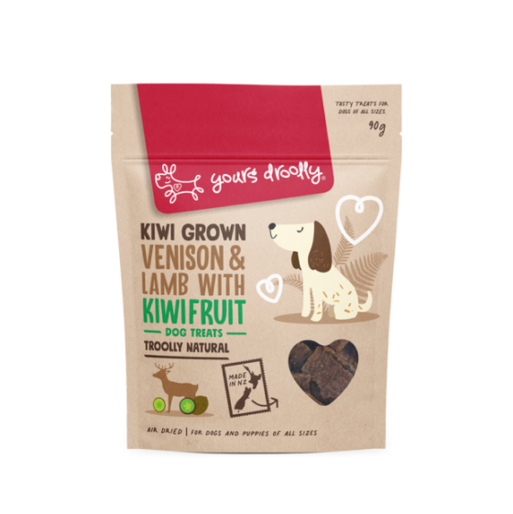
Step 3 - Choose A Command
Your recall command should be something that is distinct and consistent. It should also be short and sharp so your dog knows what you want. 'Come' may get devalued by overuse or with phrases like 'Come On' and 'Come Here'. If you've been struggling with 'Come' try something new like 'Here' or 'Quick', or you could use a word that is unique to your dog. Only use this command when you are confident your dog will respond.
What Is A Tainted Cue Word?
Always use your recall cue in situations where your dog is going to respond, get a reward and then be allowed to return to what they were doing. Calling them, then administering something they may not enjoy, like leaving the park or having a bath, can make your dog hesitant to respond in future. If you need to do something your dog may not like, approach them first, ask for a sit, offer the treat, then attach the lead and leave.
Step 4 - Start With A Short Leash
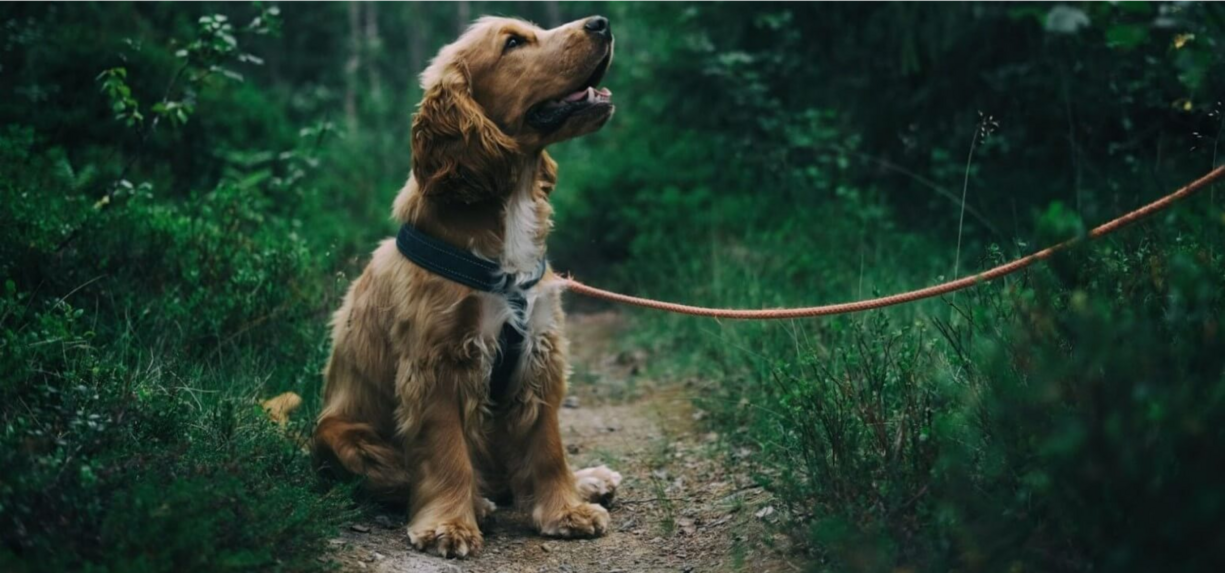
When you first start training recall, start in a quiet location with few distractions. Have your dog on a short leash. Having a hands free dog leash might be a good option too, to leave your hands free to treat. When your dog starts to reach the end of the leash, call them back and then place a treat in front of them to lure them back to you. Then reward them with treats and lots of praise. Celebrate your pup's success!
Step 5 -Take A Step Back
Now that your dog is reliably turning back to you on the short leash, start to make things a little harder. As your dog starts to return to you, take 5-6 steps backwards or turn and run 5-6 steps to get them running to you. Remember they are on leash, so will come running with you. Practise this 5 times per session and 3-4 times a day.
As your dog gets good at turning back to you, start to phase out the treat so that instead of luring them to you, you can use your command, capture the behaviour once they get close to you, and then offer the reward. Don't rush this step, practice with luring for at least a week and make sure that your dog is happy to come back to you.
Step 6 - Increase The Distance
Now that your dog reliably runs back to you in close proximity and at short distances, you can increase the distance. Now is the time to introduce the recall line. This gives your dog more space to explore and a greater distance to recall from, while still having that lead on to run back a couple of paces and draw them to you.
The lead is for your dog's safety. Their recall isn't perfect yet, so they could chase something, but the leash means they can't escape and get into danger.
Can I Use A Retractable Leash?
While retractable leads are convenient for many owners, they are not recommended. Retractable leads can encourage a lot of undesirable behaviours, such as pulling on the lead, poor on-leash manners (your dog can run up to other dogs without restraint), and can lead to injuries for dogs, owners and other dogs via rope burns/cuts if they get tangled. These lines are difficult to reel in if you need your dog to come to you immediately, as they require the dog to retreat to you to retract, which means they are unreliable for recall training.
Step 7 - Increase The Difficulty
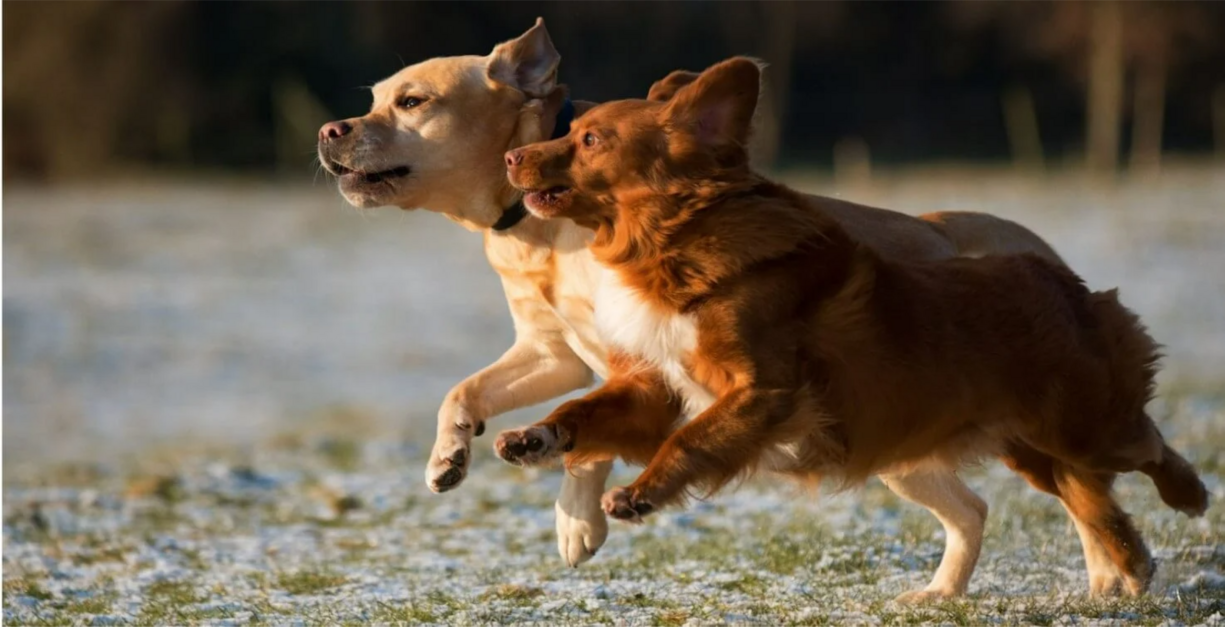
It's time to practise your training in public! When you go to a new location, your dog is going to be uncertain, excited and curious. So plant your feet and let your dog explore (within the confines of the leash). Resist them if they pull and stay in place. Anytime your dog looks back at you for instructions, offer lots of praise.
Now that your dog is comfortable in the environment, start practising your recall. Go back to the short leash and luring, and increase the distance once they are confident at a short distance. Starting on your daily walks or in a familiar park is a great place to start this!
Step 8 - Set Yourself Up For Success
The key to having a reliable recall is to only use your cue word when you are confident your dog is going to respond.
If your dog is focused on something, they are unlikely to respond. Using the recall command at this time allows your dog to learn that they can get away with ignoring the command and getting to engage with whatever they are focusing on instead is a reward on its own.
The Recall Game:There are many examples of games that help your dog practise their recall while making it fun and exciting. This game is just one example. For this game, gather a group of two or more people and stand in a circle. Each person should have treats and take turns calling your dog, then rewarding them when they get to them. This teaches them to respond reliably to multiple people in the household and can increase their response time.
What If My Dog Is Too Distracted?
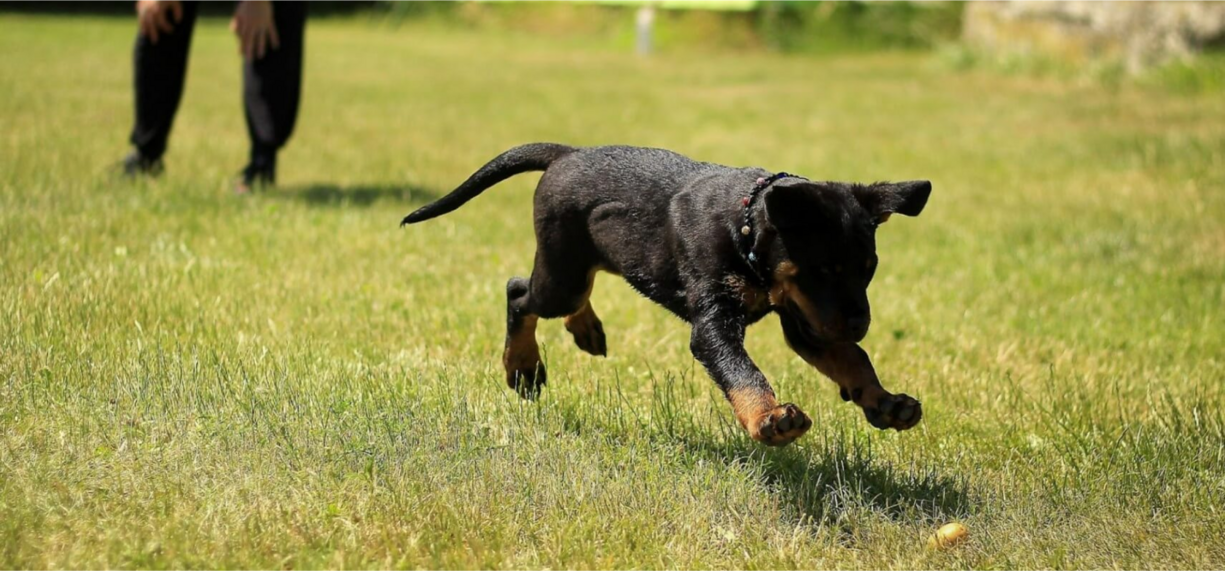
Sometimes the smell, or the bird, is just too interesting for that recall word to work. Don't give in though! You want your dog to respond no matter what. So make yourself more interesting than the distraction. A squeaker dog toy or even just a plain squeaker in your pocket can be an excellent way to get your dog's attention back to you. High pitched noises, playing with a toy and running (dogs love to chase) can also help. As soon as they look at you, offer lots of praise and rewards!
References:
Further Reading
Want to read more? Check out our other articles:
Training Your Puppy To Walk On A Lead
How To Stop Your Dog Pulling On The Lead
Want to know more? Check out our Discover Page for more tips on keeping your pets happy and healthy.